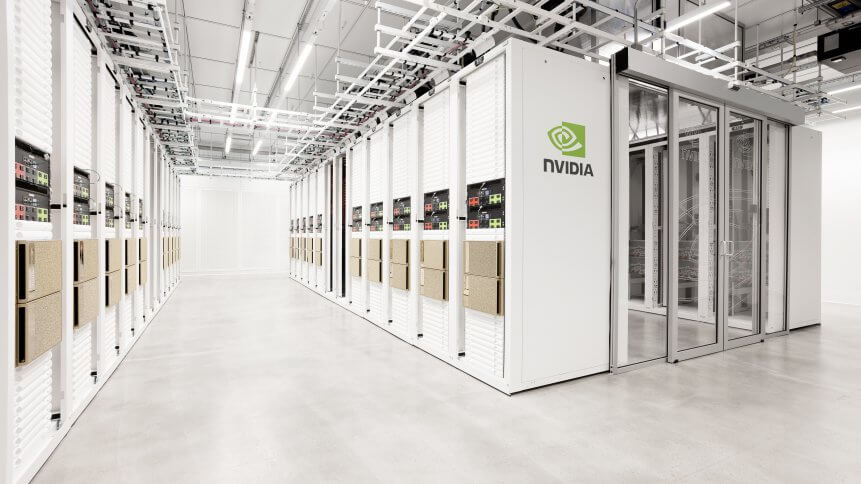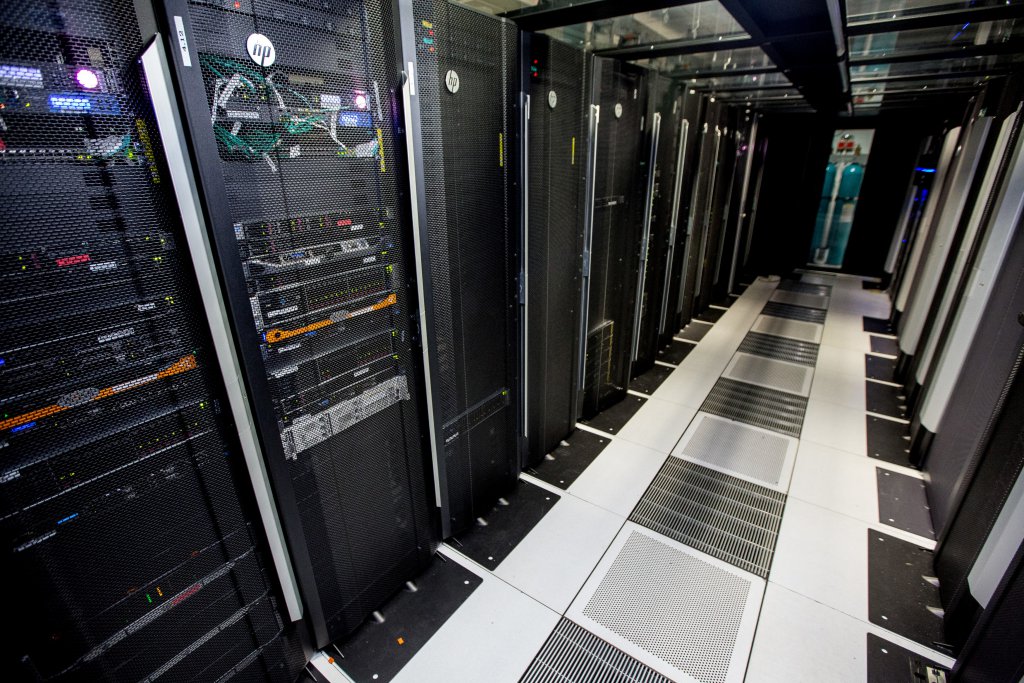
Cambridge-1 is the United Kingdom’s most powerful supercomputer. Developed by NVIDIA, the US$100 million supercomputer is expected to enable top scientists and healthcare experts to leverage artificial intelligence and simulations to accelerate the digital biology revolution as well as bolster the country’s life sciences industry.
Known for their larger-than-life distinguishing features, supercomputers are highly powerful computers that require high-powered systems for fast compute work. Cambridge-1 is specifically designed and built for external research access. The supercomputer will collaborate with researchers to make much of this work available to the greater scientific community.
Cambridge-1’s first projects are with AstraZeneca, GSK, Guy’s and St Thomas’ NHS Foundation Trust, King’s College London, and Oxford Nanopore Technologies. It will be used to develop a deeper understanding of brain diseases like dementia. Cambridge-1’s AI will also help design new drugs and improve the accuracy of finding disease-causing variations in human genomes.
According to NVIDIA founder and CEO Jensen Huang, “Cambridge-1 will empower world-leading researchers in business and academia with the ability to perform their life’s work on the U.K.’s most powerful supercomputer, unlocking clues to disease and treatments at a scale and speed previously impossible in the U.K. The discoveries developed on Cambridge-1 will take shape in the U.K., but the impact will be global, driving groundbreaking research that has the potential to benefit millions around the world.”
AstraZeneca, which developed one of the main COVID-19 vaccines, will use Cambridge-1 to create a transformer-based generative AI model for chemical structures. This allows researchers to use massive datasets with self-supervised training methods. It also helps them save time as it avoids the need for manually labeled examples.
AI in digital pathology through the supercomputer will also reduce significant time and money are spent annotating whole slide images of tissue samples. By using unsupervised AI algorithms trained on thousands of images, the process finds potential imaging features that correlate with drug response.
“Training AI algorithms on whole slide images is challenging in part due to the size of the images. Working with NVIDIA on Cambridge-1 enables us to scale our current work and develop new methodologies advancing the use of AI in digital pathology,” said Lindsay Edwards, vice president of Data Science and AI, Respiratory and Immunology, BioPharmaceuticals R&D at AstraZeneca.

The new supercomputer of Meteo France, the French national meteorological service is seen at Meteo France headquarters in Toulouse. (Photo by Fred SCHEIBER / AFP)
Supercomputers empower AI
There is no denying that supercomputers are helping speed up research and development in many industries around the world. Apart from healthcare, other industries that have been using supercomputers include defense, energy, and even space exploration.
According to the Top 500 supercomputers in the world list, Japan’s Fugaku, co-developed by Riken and Fujitsu is the fastest and most powerful supercomputer in the world. Fugaku’s performance exceeds the second faster supercomputer, IBM’s Summit, by three times. Fugaku has been regarded as the first “Exascale” supercomputer for its benchmark performances.
Summit, an IBM-built system in Tennessee, remains the fastest in the US followed by Sierra, another similar system in California. China’s Sunway Taihu Light is in fourth place. Developed by China’s National Research Center of Parallel Computer Engineering & Technology (NRCPC), the supercomputer is installed at the National Supercomputing Center in Wuxi, China.
YOU MIGHT LIKE

Supercomputers across Europe hacked for cryptomining
Perlmutter is the fastest supercomputer for AI workloads. Located in Berkeley Lab in the US, the Perlmutter processes workloads with the 16-bit and 32-bit mixed-precision math used in artificial intelligence (AI) applications.
The Perlmutter system will help map the visible universe – spanning 11 billion light-years – by processing data from Dark Energy Spectroscopic Instrument (DESI), which is capable of capturing as many as 5,000 galaxies in a single exposure.
Artificial intelligence is the core to ensuring these supercomputers can process workloads at greater speeds, with minimal need of human intervention. Judging by the AI processing speeds of Cambridge-1 and the tasks that it can perform, supercomputers will only get better in the years to come.









